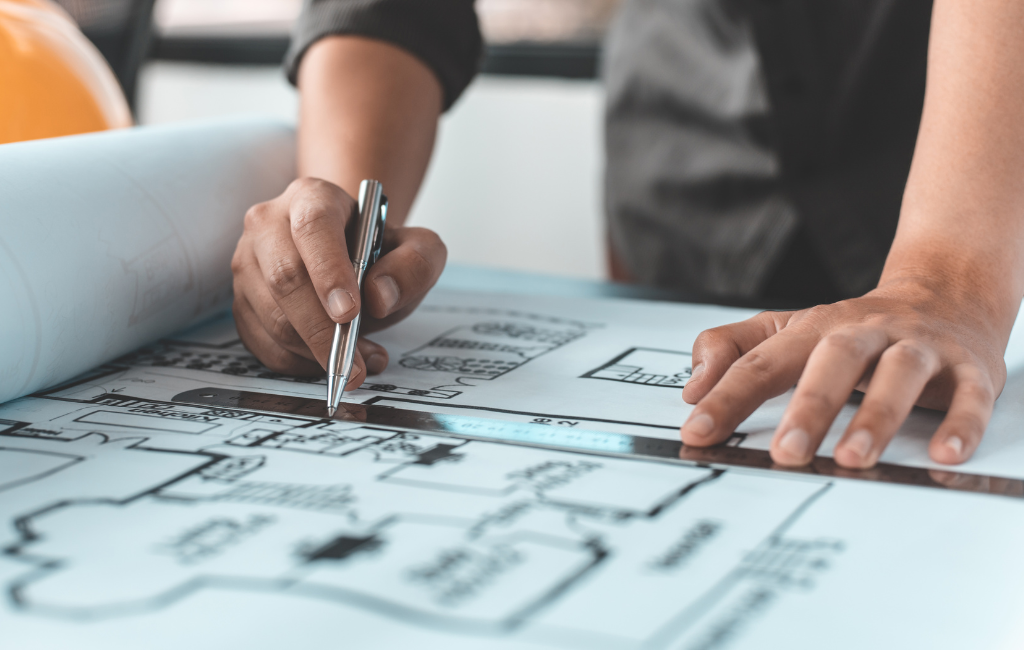Architect Designs for Modern Living
Modern living demands innovative architectural designs that cater to the evolving needs of society. From sustainable materials to smart home technology, contemporary architecture is reshaping the way we live. This article explores various aspects of modern architectural designs, providing insights and examples to illustrate these trends.
Sustainable Architecture
Sustainability has become a cornerstone of modern architecture. Architects are increasingly focusing on creating eco-friendly buildings that minimize environmental impact. This includes the use of renewable energy sources, sustainable materials, and energy-efficient designs.
Renewable Energy Integration
Incorporating renewable energy sources such as solar panels and wind turbines into building designs is becoming more common. These technologies not only reduce the carbon footprint but also lower energy costs for residents.
- Solar panels on rooftops
- Wind turbines integrated into building structures
- Geothermal heating and cooling systems
Use of Sustainable Materials
Modern architects are opting for materials that are both durable and environmentally friendly. Examples include bamboo, recycled steel, and reclaimed wood. These materials not only reduce waste but also add a unique aesthetic to the buildings.
- Bamboo flooring and paneling
- Recycled steel for structural elements
- Reclaimed wood for interior finishes
Smart Home Technology
The integration of smart home technology is revolutionizing modern living. These technologies enhance convenience, security, and energy efficiency, making homes more comfortable and functional.
Home Automation Systems
Home automation systems allow residents to control various aspects of their home through a centralized system. This includes lighting, heating, cooling, and security systems.
- Smart thermostats for efficient temperature control
- Automated lighting systems
- Advanced security systems with remote monitoring
Internet of Things (IoT)
The Internet of Things (IoT) connects various devices within a home, allowing them to communicate and function together seamlessly. This interconnectedness enhances the overall living experience.
- Smart appliances that can be controlled remotely
- Voice-activated assistants for hands-free control
- Connected home entertainment systems
Open Floor Plans
Open floor plans have become a hallmark of modern architecture. These designs create a sense of spaciousness and facilitate better interaction among residents.
Benefits of Open Floor Plans
Open floor plans offer several advantages, including increased natural light, improved airflow, and greater flexibility in furniture arrangement. They also make homes feel larger and more inviting.
- Enhanced natural light
- Improved airflow
- Flexible furniture arrangement
Case Study: The Farnsworth House
The Farnsworth House, designed by Ludwig Mies van der Rohe, is an iconic example of an open floor plan. The house features large glass walls that blur the line between indoor and outdoor spaces, creating a seamless connection with nature.
Adaptive Reuse
Adaptive reuse involves repurposing existing buildings for new uses. This approach not only preserves historical structures but also reduces the environmental impact of new construction.
Examples of Adaptive Reuse
Several notable projects have successfully implemented adaptive reuse, transforming old buildings into modern living spaces.
- The High Line in New York City: A former elevated railway turned into a public park
- Tate Modern in London: A power station converted into an art museum
- The Gasometer City in Vienna: Gas storage tanks repurposed into residential and commercial spaces
Biophilic Design
Biophilic design emphasizes the connection between humans and nature. This approach incorporates natural elements into architectural designs to enhance well-being and productivity.
Elements of Biophilic Design
Biophilic design includes features such as natural lighting, indoor plants, and water elements. These elements create a calming and rejuvenating environment.
- Large windows for natural light
- Indoor gardens and green walls
- Water features like fountains and ponds
Case Study: The Bosco Verticale
The Bosco Verticale in Milan is a prime example of biophilic design. These residential towers are covered with thousands of trees and plants, providing a green oasis in the urban environment.
Conclusion
Modern architectural designs are transforming the way we live, focusing on sustainability, technology, and human well-being. By integrating renewable energy, smart home technology, open floor plans, adaptive reuse, and biophilic design, architects are creating spaces that are not only functional but also enriching. These innovations are paving the way for a more sustainable and connected future.
